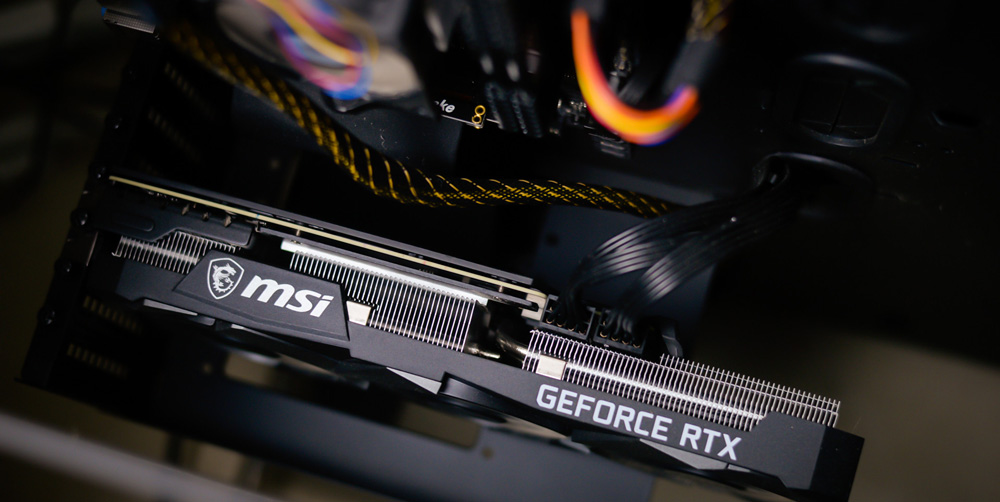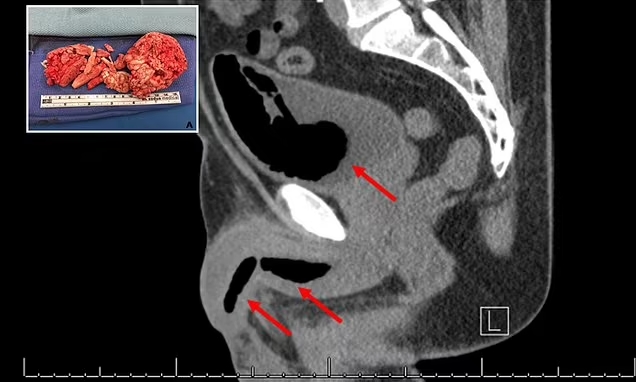Woori falls behind peers due to low capital buffer, weak CET1 ratio
By Lee Kyung-min

Woori Bank CEO Jung Jin-wan / Courtesy of Woori Financial Group
Woori Financial's move to acquire Tongyang Life and ABL Life has been facing greater scrutiny from the Financial Supervisory Service, complicated by the granting of billions of poorly screened loans under former Chairman Son Tae-seung a few years ago.
According to a Fitch Ratings economist, more cases of this sort will undermine the risk profile of Korea's leading financial group.
“The financial impact on Woori Bank from recent regulatory findings including inappropriate loans has been limited, and our assessment on Woori’s risk profile already captures its exposure to nonfinancial risks, including fraud risks and internal control issues,” Matt Choi, APAC Bank Ratings director at Fitch Ratings, told the Korea Times in an interview.
“Nevertheless, frequent incidents could adversely affect our assessment on the risk profile and other viability rating factors," he added.
A number of officials at Woori Bank and the group are under investigation. Many have been indicted, including Son. Current Woori Chairman Yim Jong-yong might also be held liable.

Woori Financial Group Chairman Yim Jong-yong / Courtesy of Woori Financial Group
Further weighing on Woori Bank is its viability rating of A-, falling short of its three peers — KB, Shinhan and Hana. The three all received an A rating.
Woori’s intrinsic credit profile, as indicated by its viability rating, has improved over the past several years, the economist said. This aligns more closely with its higher-rated local peers.
A viability rating captures a bank’s standalone profile without considering any external support, such as from the government or its parent company. It factors in the bank’s operating environment, business profile, risk profile and financial details.
However, the one-notch difference in the rating mainly stems from its lower capital buffer, with a common-equity tier 1 (CET1) ratio of 13.1 percent, compared to its peers exceeding 14 percent.
The ratio, as measured by a financial firm's highest-quality capital relative to risk-weighted assets, is a gauge of its liquidity profile and ability to survive a challenging monetary event.
“Woori’s profitability has been modestly weaker and more volatile than its peers on average, despite the recent improvement," the economist said.

Matt Choi, APAC Bank Ratings director at Fitch Ratings / Courtesy of Fitch Ratings
Korean banks face headwinds
Korean banks will face headwinds from a deteriorating economic outlook this year, he added, compounded by uncertainties in domestic politics and the U.S. tariff policy.
This could impact asset quality, particularly affecting small- and medium-sized enterprises and the self-employed, both reliant on domestic consumption.
Further clouding the outlook is opposition lawmakers seeking to have financial groups make larger "contributions" to share the interest-backed record earnings with the public.
Criticism lingers that the move is anti-market and undermines capitalism, while others say the "easy money" from interest income should be redistributed.
The economist said the banks’ profitability could trend down, eroded by intensifying pressure for social contributions.
Nonetheless, their overall growth profile will remain robust, underpinned by a healthy revenue model.
“Fitch expects the major banks’ strong domestic franchises and sound underwriting practices to help them weather the challenges,” he said.
The economist acknowledged that the social contribution burden through interest cashback for self-employed individuals has increased in recent years.
However, this has not materially affected the viability rating, given the banks’ solid earnings.
“Still, any significant increase of the burden in the absence of adequate earnings buffers could weigh on our assessment of the banks’ earnings and profitability," Choi said.
Diversification needed
The Fitch economist said criticism over the banks' heavy reliance on interest income will continue, despite their holding firms' efforts to diversify their noninterest income portfolio.
“A significant shift in Korean banks’ business models is unlikely in the near term, while banks have been trying to gradually diversify income sources into nonloan businesses and overseas operations,” Choi said. “For the overseas business, we’ve seen some progress in establishing self-sustaining foreign operations for certain banks such as Shinhan but any aggressive expansion could jeopardize risk profiles.”
This was in reference to Shinhan making profits in Vietnam and Japan. It is the top foreign lender in Vietnam, according to a Shinhan official.
“Most of our business there focuses on retail and local operations. We will continue to fortify corporate soundness through greater provisions, as part of reinvesting our capital. Our net income is saved as retained earnings,” Choi said.
Shinhan Vietnam Bank and SBJ Bank, or Shinhan Bank Japan, logged net profits of 264 billion won ($184 million) and 148.6 billion won, last year, up 13.4 percent and 17 percent from the previous year, respectively.
Meanwhile, Woori will continue efforts to strengthen internal control measures to prevent the recurrence of irregularities, according to a Woori Financial official.
“We have mandated the registration of family information for group executives to strictly manage the lending process. An ethics management body was established, as well as a whistleblower hotline, to fortify monitoring and supervision. We have disbanded groups of retired Woori employees to root out factionalism.”
The group’s CET1 ratio will be raised to 12.5 percent by the end of this year, the official said, underpinned by assets rebalancing as well as stable management of high-quality assets.


















 English (United States) ·
English (United States) ·